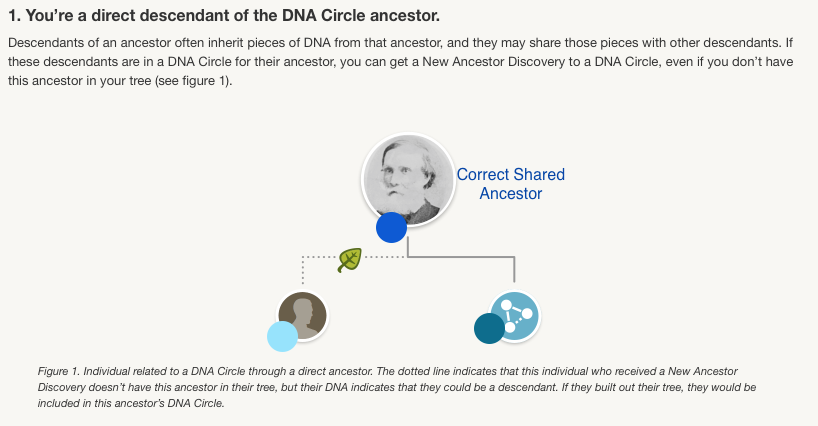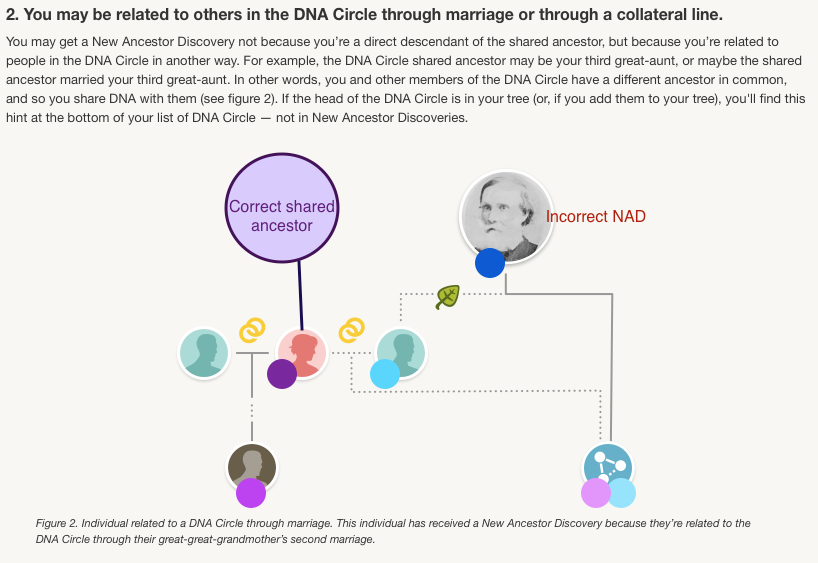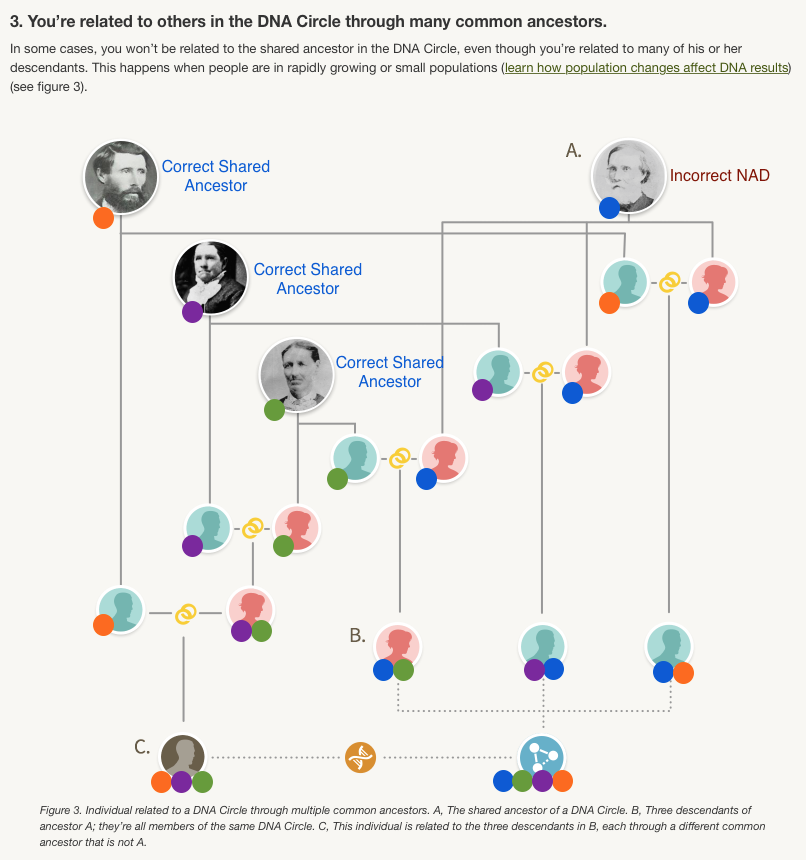AncestryDNA New Ancestry Discoveries: what they really mean and how they can help you solve genealogy mysteries on your family tree.
 Opening your AncestryDNA account to find a New Ancestor Discovery (NAD) can be a bit like the experience my 9 year old had at the beach today. He noticed something unusual in the sand on his way down to the beach and excitedly used his hands to unearth the treasure. However, it turned out to be a Captain Hook figurine long lost by another (likely much younger) beach-goer. His initial excitement quickly dissipated and he was left with disappointment as he had clearly found something he did not need or want.
Opening your AncestryDNA account to find a New Ancestor Discovery (NAD) can be a bit like the experience my 9 year old had at the beach today. He noticed something unusual in the sand on his way down to the beach and excitedly used his hands to unearth the treasure. However, it turned out to be a Captain Hook figurine long lost by another (likely much younger) beach-goer. His initial excitement quickly dissipated and he was left with disappointment as he had clearly found something he did not need or want.
I have heard from many of you that are confused and disappointed with Ancestry’s attempts to merge your genetics and your genealogy. Keep in mind as we discuss, that your match page is only using your genetics, it is your DNA Circles and your New Ancestor Discoveries that incorporate your linked tree into your results.
What are AncestryDNA New Ancestor Discoveries?
First, let’s review what a NAD actually is. NAD’s are based on the DNA Circle idea created by Ancestry DNA. Remember that a DNA circle is when Ancestry can identify a shared genetic AND genealogical connection between three or more people. Using various standards and measures, they name an ancestor as your connection. This is the ancestor I affectionately call our Party Host. This is the ancestor who passed his or her DNA down to all of their descendants like tickets inviting them to this party in the future. So, everyone who holds a ticket, AND who has honored that party host ancestor by placing their name in their pedigree chart, is listed as a guest in the form of a DNA circle connection.
The NAD’s just take that one step further. The NAD is an attempt to find ticket holders who have not yet taken that extra step and added that important Party Host ancestor to their family tree. The NAD is like a nudge, inviting us to double check our family tree to see if this particular ancestor might need to be added. It is important to remember that a NAD comes only after a DNA circle has already been formed, and there could have been errors in that formation. So the very first thing you need to do with a NAD is to correspond with circle members and double check that the Party Host of the circle, their common ancestor, is correct. Then we can move on to evaluating the NAD.
What New Ancestor Discoveries actually mean
Ancestry admits on its help pages that there are three reasons why you might get an NAD, and only one is “right” in the way you and I might view it.
The “right” answer comes when the DNA circle was drawn correctly, the Party Host properly identified, and your DNA connection is strong to two or more members of the circle. You are then able to verify through traditional genealogical methods that you are an actual descendant of the Party Host, holding that coveted ticket, shown in blue in this modified image from the AncestryDNA help page.

There are two other alternatives.
First, you are related to the NAD Party Host (the New Ancestor that was discovered) via marriage. In this example from Ancestry’s help page…

…we see that your ancestor was married twice. The members of the DNA circle are descendants of her other marriage. Remember that you do not share DNA with every member of the DNA Circle. In this case, you share the purple DNA with a few members of the circle. But there are other members that share the blue. So the super computers at Ancestry first put all the blues together in a circle with the Party Host at the top. Then you come along with purple DNA that matches a few in the circle and their supercomputer erroneously assumes that you too must have been invited to this “blue” party, but in fact, the blue/purple members of the circle are double-booked. They have been invited to both the blue and the purple party.
How can you fix this? If you can identify your purple Party Host, then you can add that person to your tree, and the trees of your DNA matches and likely then a new DNA Circle will form with the purple Party Host at its head, and the blue NAD will disappear.
The other situation that many of you are seeing, especially those of you with Ancestry from small communities, is demonstrated in Figure 3 of the Ancestry Help page:

As you can see, this one is much more complicated. (In fact, the colors I added aren’t even quite accurate, as not all descendants of the blue NAD have the same blue, but rather different shades of blue depending on the segment they received—but this is a story for another post!)
The short of it is, the members of the previously established DNA circle share one single ancestor with each other, but they share multiple separate and distinct ancestors with you. Looking at this chart it seems very clear, but remember, in the database we only see you and the people you match. We cannot tell from the DNA shared which piece came from which ancestor. So, it is very important to check and double check the pedigrees of those in the circle to identify additional shared lines.
The short of it is, these NAD’s are following the guilt by association rule, but in fact, you could be innocent. Just keep in mind the simple principle that you DO share a common ancestor with those members of the circle that you share DNA with. You do NOT necessarily share common ancestry with those in the circle that you do not share DNA with.
The key is to take these NAD’s for what they really are: research suggestions. Keep your expectations low, and then you will be pleasantly surprised when you are able to verify a connection.
Updated in 2019: AncestryDNA’s ThruLines tool is the company’s newest “hinting tool” for helping you understand how you may be related to your genetic matches.
Expand your learning
 AncestryDNA continues to update and expand their genetic genealogy tools, giving you more resources you can use to track down information about your family history. Learn about the other features Ancestry offers and how you can make the most of them with our AncestryDNA Tour. The AncestryDNA Tour includes over 90 minutes of video instruction divided into 16 different segments, and comes with a printable, interactive workbook, so you can apply what you learn to your very own tree. With the Tour, you’ll be an AncestryDNA pro in no time!
AncestryDNA continues to update and expand their genetic genealogy tools, giving you more resources you can use to track down information about your family history. Learn about the other features Ancestry offers and how you can make the most of them with our AncestryDNA Tour. The AncestryDNA Tour includes over 90 minutes of video instruction divided into 16 different segments, and comes with a printable, interactive workbook, so you can apply what you learn to your very own tree. With the Tour, you’ll be an AncestryDNA pro in no time!
Tell me more about the AncestryDNA Tour!
Originally posted at www.genealogygems.com.

